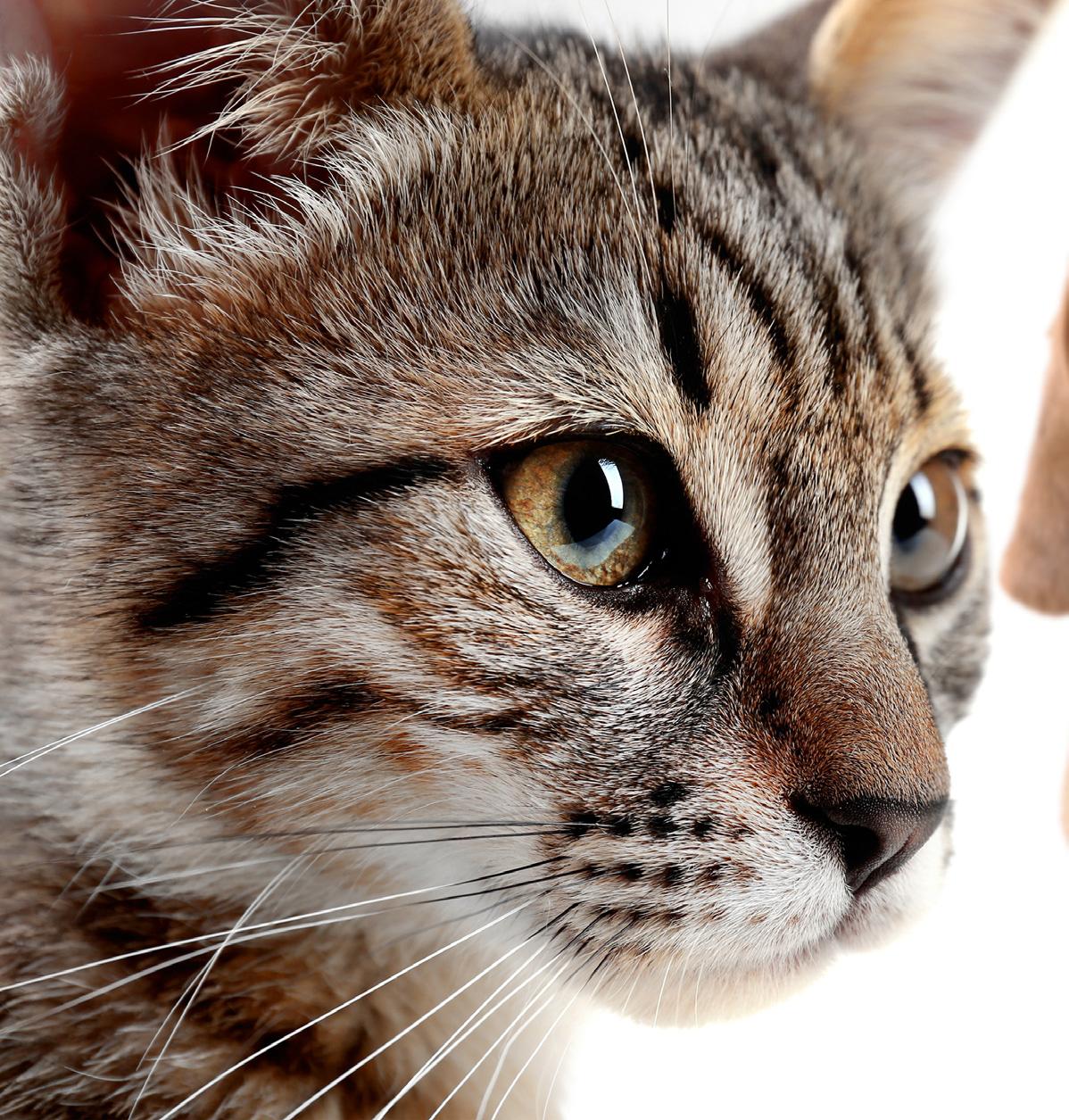
2 minute read
Overcoming Palatability Issues in Pet Medication
By Robert Naylor, Inroads International Ltd
This look will be familiar to any cat owner. It’s the one that says: ‘There is no way you are getting me to swallow that tablet’!
Advertisement
Over £4.8 billion was spent on veterinary and other services in the UK in 2019. For cats, the most common medical conditions often demand the use of medication in either tablet or liquid form. However they are well known for their lack of compliance in the administration of medication.
Whilst a good number of owners try to trick their pet with tablets buried in tasty snacks and goodies, can the pet food industry do more to help? After all, the ease of administering medication is a major aspect of owner compliance and a quick return to full health for the animal.
Recent advances
‘Pill pocket’ treats and ‘pet putty’ have been huge steps forward to help struggling pet owners to administer tablets easily, and their success is based on choosing the appropriate flavour palatant to work with the active ingredient; this is one of the core skills provided by Inroads International.
Table 1: Most common general problems in cats
Dental 15.1%
Trauma 12.9%
Skin problems 10.4%
Digestive problems 10.0%
Parasitic infestation
9.8% O’Neill DG, Church DB, McGreevy PD, Thomson PC, Brodbelt DC. Prevalence of disorders recorded in cats attending primary-care veterinary practices in England. The Veterinary Journal, 2014.
Meat and yeast-based flavourings added to the formulation during the manufacturing process are the most popular in achieving a willingness to ingest. However, the trend in plant-based meat options from the human food sector is encouraging a rising demand in the pet

Natural flavours can ‘sweeten the pill’, but the combination of sweet and savoury is particularly desirable for cats and dogs
sector too, especially as a flavour base for medication. The application of synthetic meat flavours into pet food, treats, wormers and medication is now commonplace and a leading flavour request to Inroads from the pet industry.
In summary
Palatability is determined by smell, taste and feel in the mouth. A synergistic approach is critical to future success and animal acceptance. Our knowledge of the flavour profiles that are most successful in all species diets, together with technologies that can mask the profile of unpalatable ingredients, is a great first step to aid your development in this area.










